Cinematic photography evokes an emotional response, much like scenes from our favorite films. It’s a style that mimics movie stills, offering depth and feeling through effective storytelling. Creating cinematic photos involves careful attention during both shooting and post-processing. Whether in portrait or landscape format, these images always convey a specific mood.
Want to make your photographs more cinematic? Here are 10 creative tips to get you started!
Find Cinematic Inspiration
Start by re-watching your favorite movies and noting the scenes that captivate you. Pay attention to the elements that make these scenes work, such as color grading, angles, and composition. Research stills photographers from your favorite films for further inspiration. Plan how you’ll incorporate these elements into your photography.
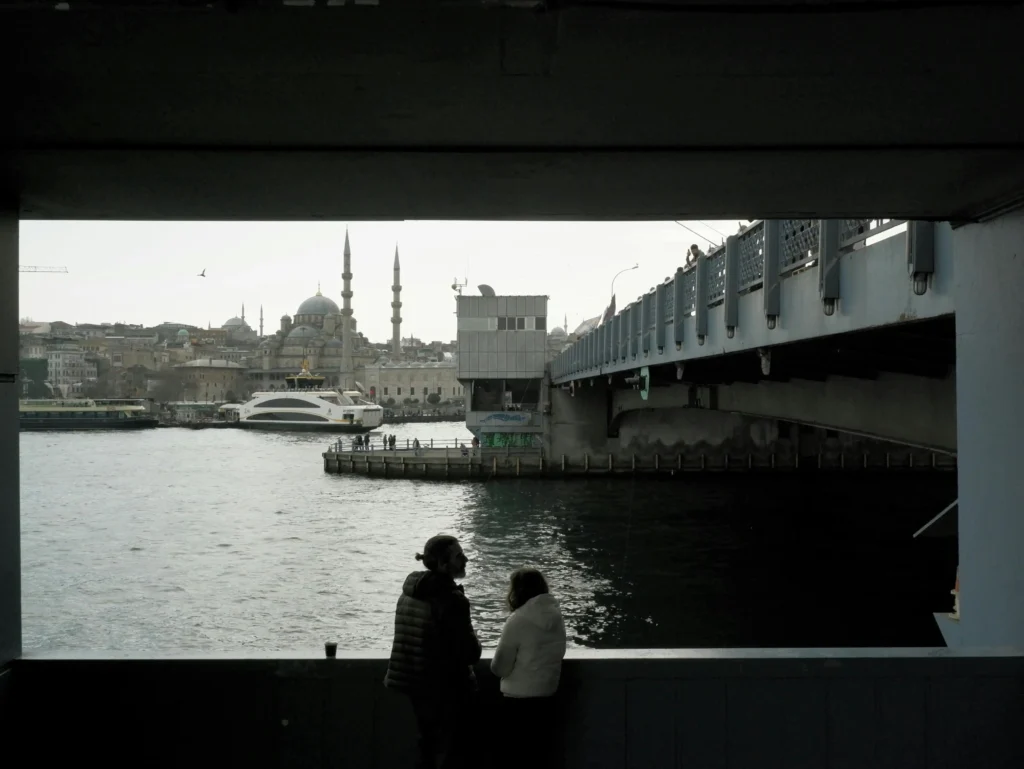
Shoot Horizontally
Movies are filmed horizontally, so adopt this orientation for your cinematic photos. Use the grid on your camera screen to ensure that elements fit well within a wider aspect ratio.
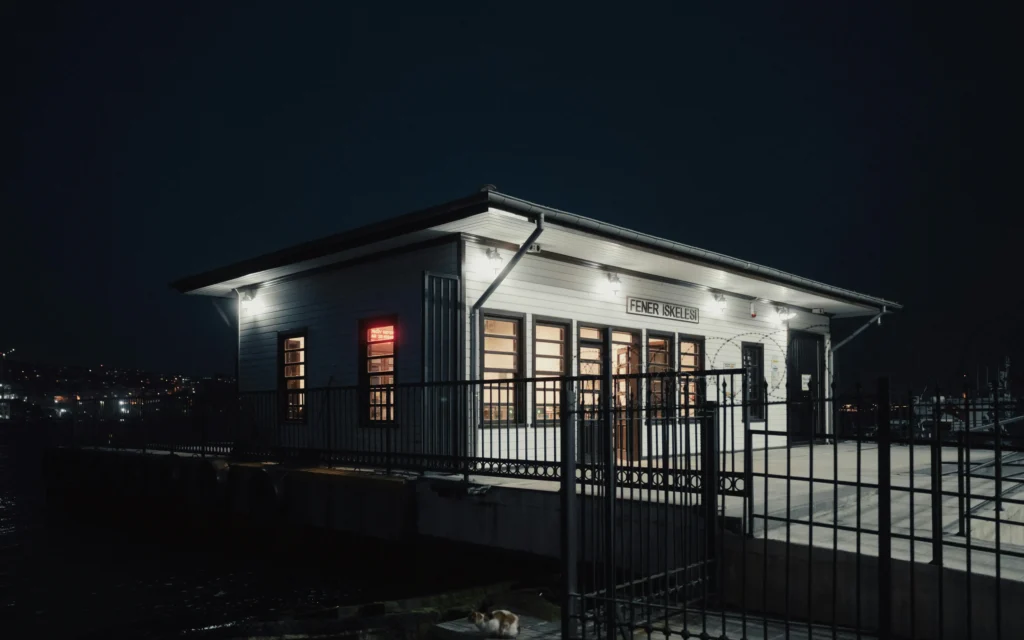
Control Your Composition
Cinematographers carefully balance their frames to create beautiful, simple scenes. Apply the same principles to your photos for added depth and interest.
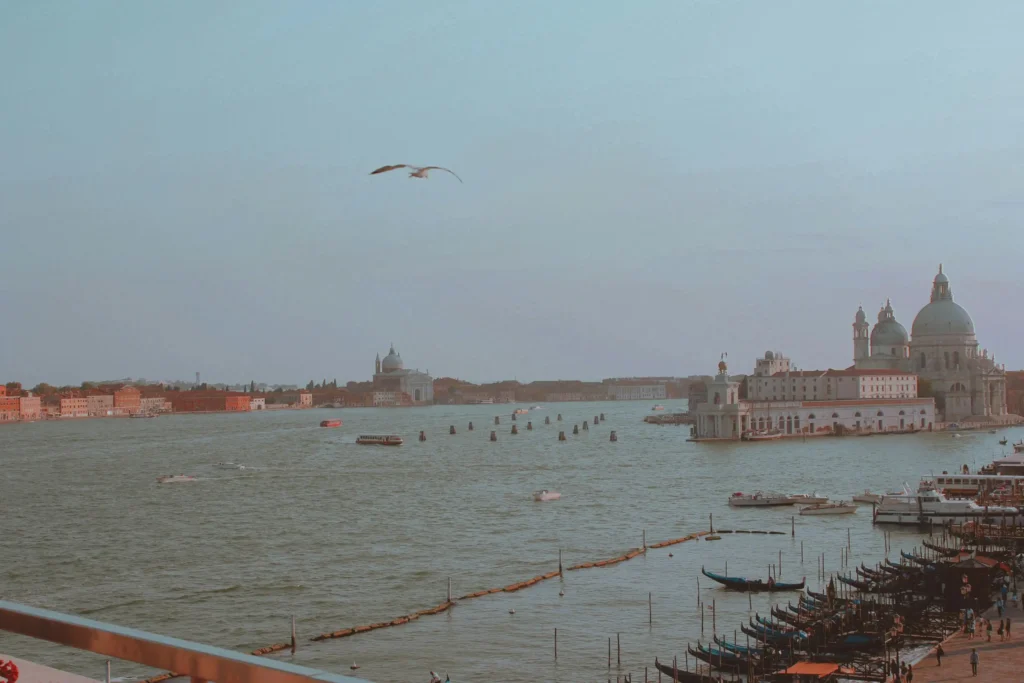
Consider Cinematic Lighting
Lighting is crucial in both photography and cinematography. It helps establish mood and narrative. Soft lighting, like that from a cloudy day or a softbox, creates a dreamy look. Hard lighting, such as direct sunlight, adds drama. Experiment with different lighting sources, including neon signs for a futuristic effect.
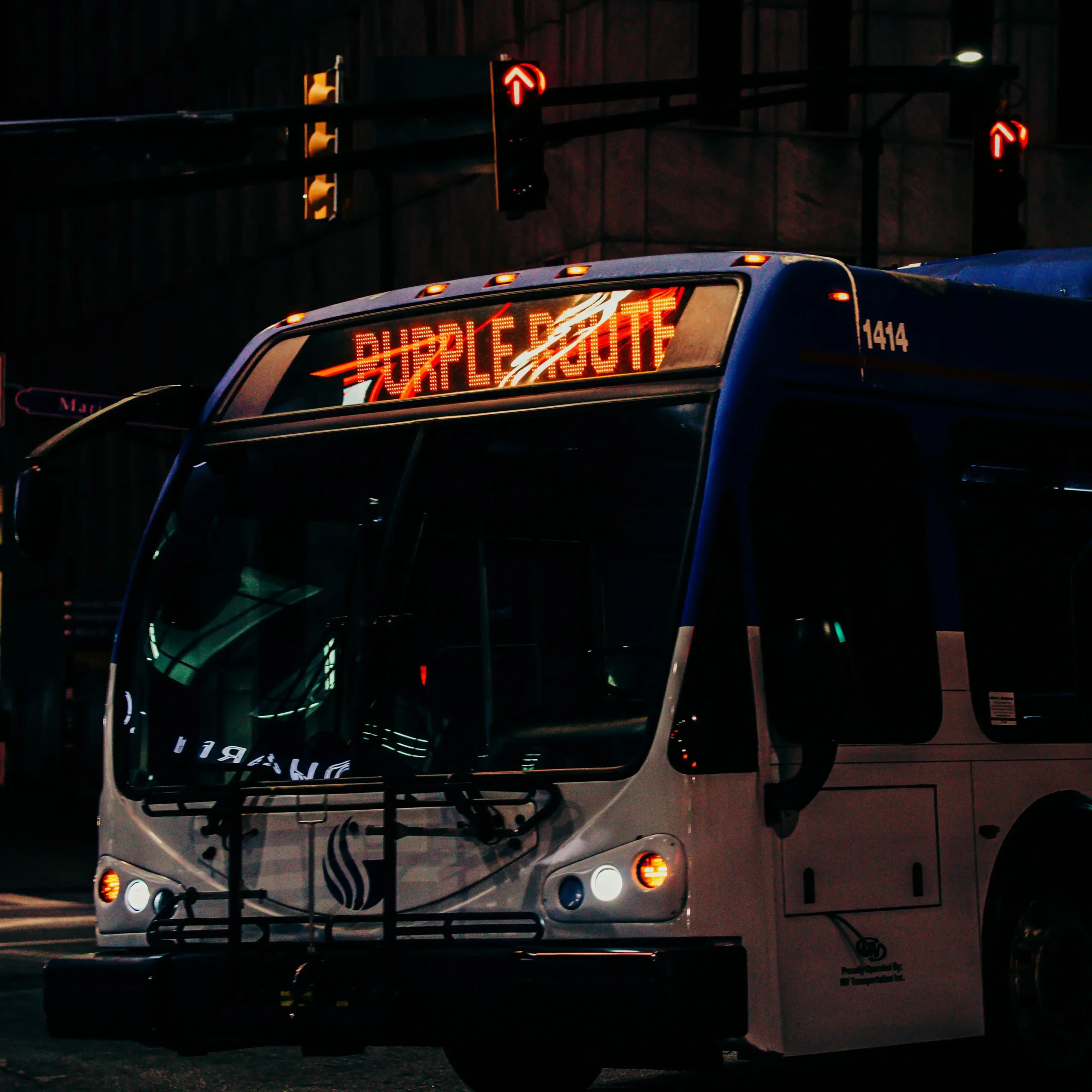
Choose the Right Time of Day
The time of day drastically impacts the mood of your photos. Golden hour light gives a happy, warm feel, while nighttime or rainy conditions add a more somber tone.
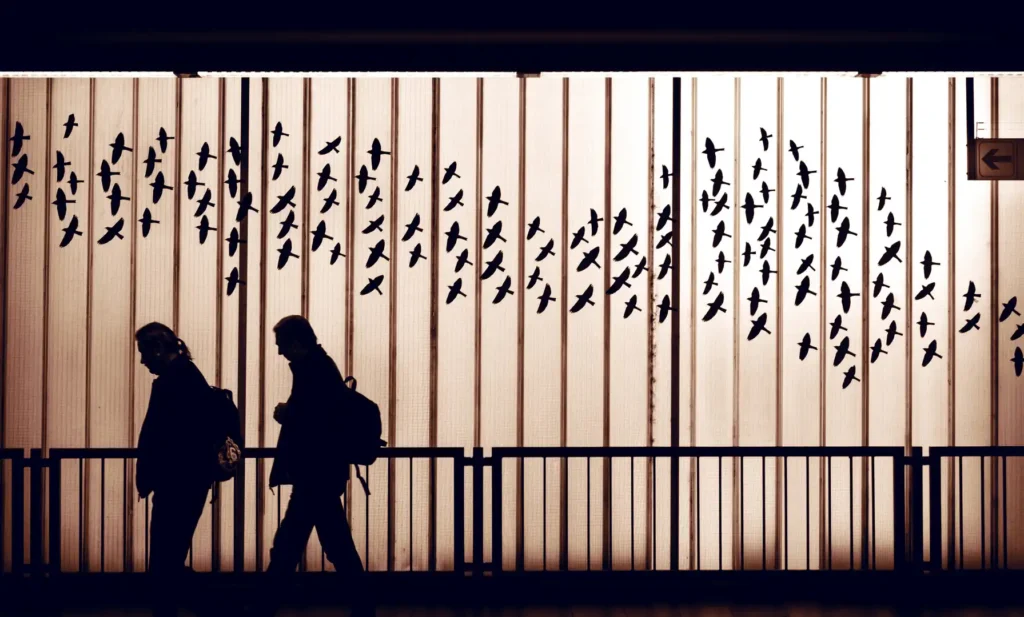
Use a Wide Aperture
A wide aperture creates a shallow depth of field, keeping the main subject sharp while blurring the background. Prime lenses (35mm, 50mm, and 85mm) are excellent for this purpose, providing sharp images with beautiful bokeh.
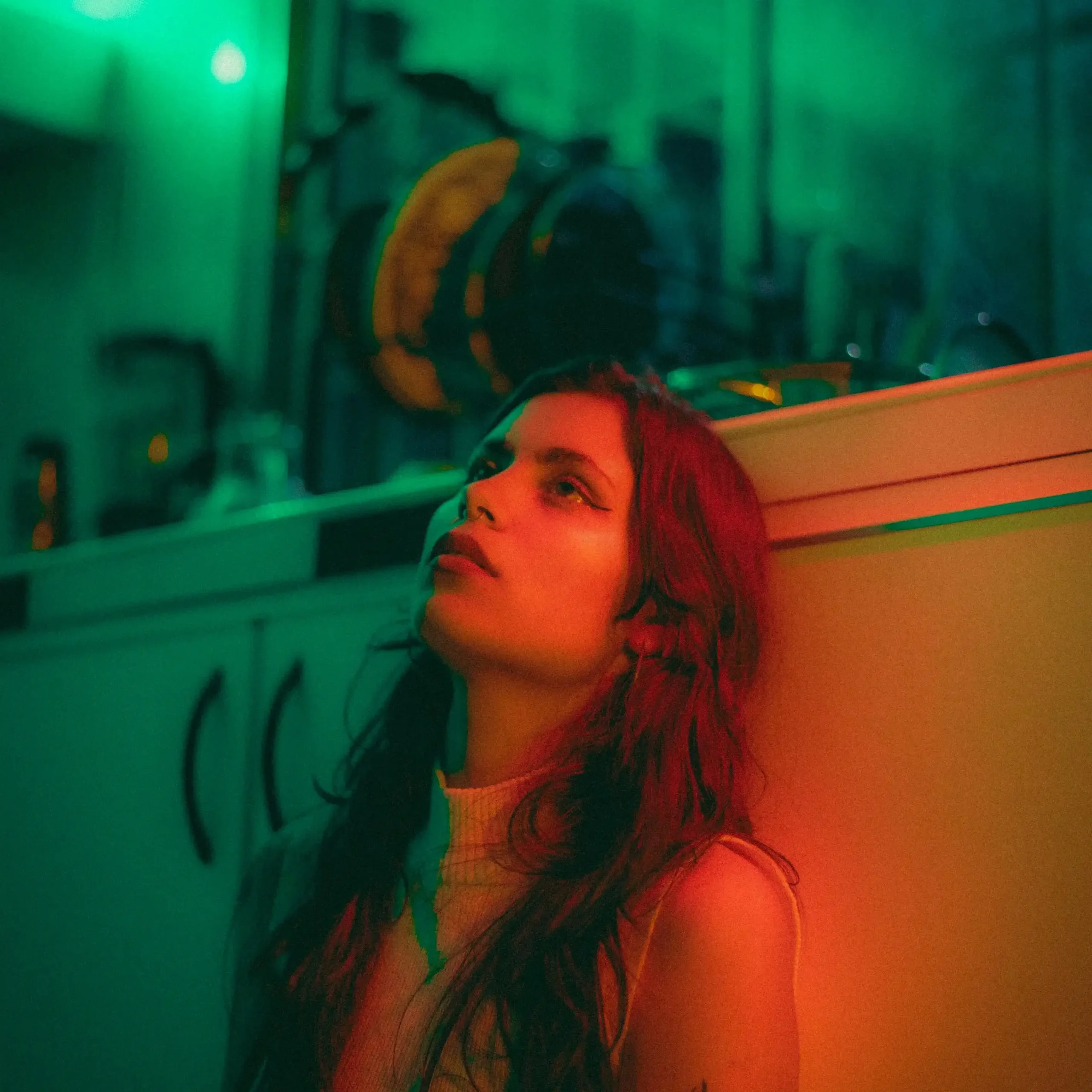
Shoot in RAW
Switch from JPEG to RAW to retain more image details, giving you maximum control during post-processing. RAW files allow for higher-quality edits, essential for achieving a cinematic look.
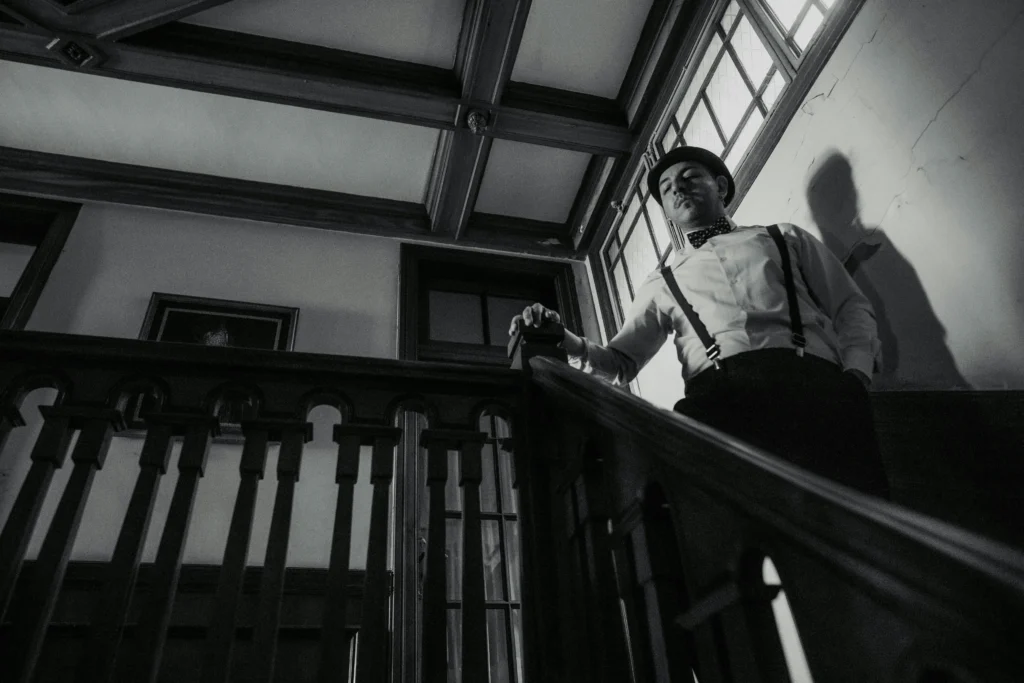
Think About Mood and Subject Choice
Cinematic photos should provoke an emotional response. Consider the narrative you want to tell and how your subject and framing contribute to this story. Observational skills are key, especially in street photography or candid shots where subjects appear unaware of the camera.
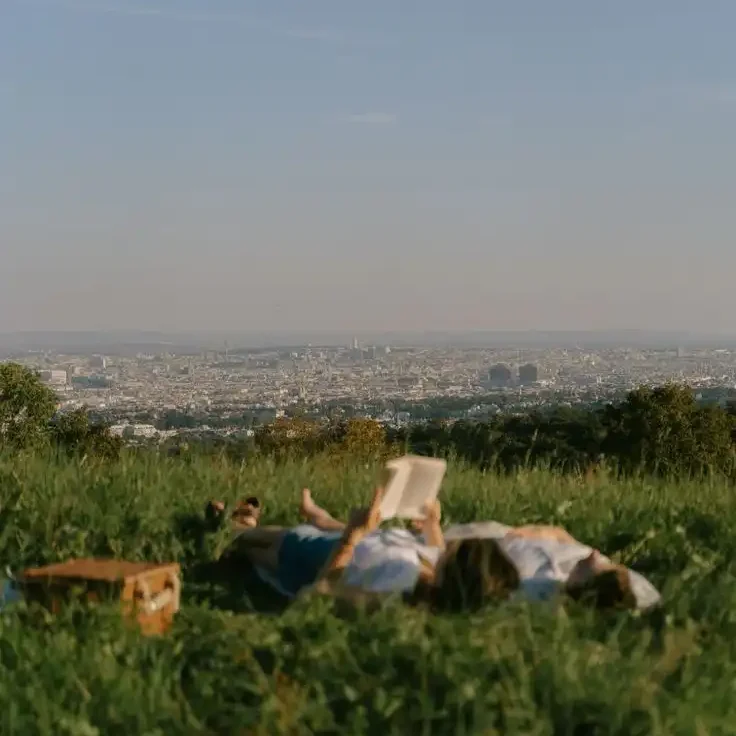
Use a Cinematic Theme and Shoot a Series
To tell a compelling story, shoot a series of images with a variety of compositions. Start with wide-angle shots to set the scene, then use medium and close-up shots to develop the narrative.
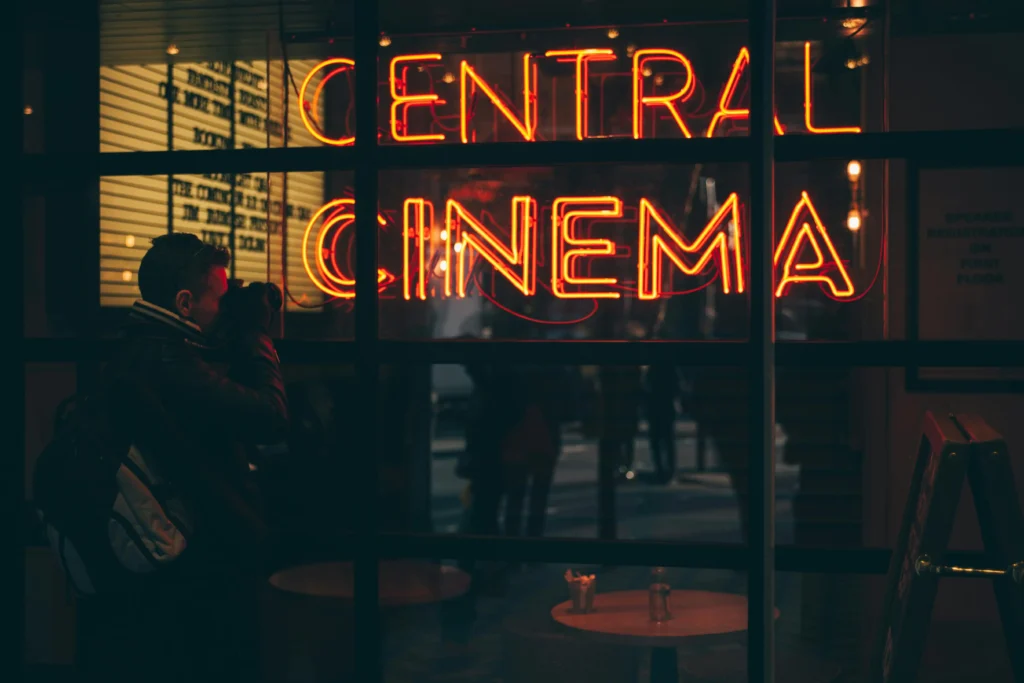
Emulate Film Stills
Analyze stills from movies to understand the precise control over composition, lighting, and subject matter. Apply these techniques to your photography for a professional cinematic feel.

By following these tips, you can start creating stunning cinematic photography that tells compelling stories and evokes strong emotions in your viewers. Happy shooting!
FAQ:
What does “cinematic” mean in photography?
“Cinematic” in photography refers to a style that evokes the visual aesthetics of movies. This often involves dramatic lighting, rich colors, shallow depth of field, and a strong narrative or emotional impact.
What are the key elements of a cinematic photograph?
Some key elements include:
- Lighting: Use of natural light or controlled artificial lighting to create mood.
- Composition: Framing your shots with a sense of storytelling and balance.
- Color Grading: Applying color tones that enhance the mood and atmosphere.
- Depth of Field: Using a shallow depth of field to isolate subjects.
- Aspect Ratio: Opting for wider aspect ratios (like 16:9) to mimic film.
How can I achieve cinematic lighting in my photos?
- Golden Hour: Shoot during the golden hour (just after sunrise or before sunset) for soft, warm light.
- Backlighting: Position the light source behind your subject to create a halo effect and depth.
- Side Lighting: Use side lighting to add drama and texture to your subjects.
- Artificial Light: Utilize softboxes, reflectors, and other light modifiers to control and shape light.
What role does composition play in cinematic photography?
Composition is crucial for guiding the viewer’s eye and telling a story. Techniques include:
- Rule of Thirds: Placing key elements along the grid lines.
- Leading Lines: Using lines to draw attention to the subject.
- Framing: Encasing the subject within natural or architectural elements.
- Negative Space: Allowing empty space to highlight the subject.
How do I color grade my photos to look cinematic?
- Software: Use photo editing software like Adobe Lightroom or Photoshop.
- Presets: Start with cinematic presets or LUTs (Look-Up Tables) to get a base look.
- Adjustments: Fine-tune the color balance, contrast, saturation, and shadows to achieve the desired effect.
- Consistency: Maintain a consistent color scheme across your series of photos.
What is depth of field and how does it affect the cinematic look?
Depth of field refers to the range of distance within a photo that appears sharp. A shallow depth of field (achieved with a wide aperture) isolates the subject from the background, creating a blurred, dreamy effect often seen in cinema.
What equipment do I need to create cinematic photos?
- Camera: A DSLR or mirrorless camera with manual settings.
- Lenses: Fast prime lenses (e.g., 50mm f/1.8) for shallow depth of field.
- Tripod: For stable shots, especially in low light.
- Lighting: Softboxes, reflectors, and continuous lights for controlled lighting.
Can I make my smartphone photos look cinematic?
Yes, you can! Follow these tips:
- Manual Mode: Use your phone’s manual mode to control exposure, ISO, and focus.
- Editing Apps: Use apps like VSCO, Snapseed, or Lightroom Mobile for color grading.
- Lenses: Consider clip-on lenses for wider or macro shots.
- Lighting: Utilize natural light or portable LED lights for better control.
How important is storytelling in cinematic photography?
Storytelling is vital as it engages viewers emotionally. Think about the story or emotion you want to convey and use your composition, lighting, and color grading to enhance that narrative.
Are there any resources to learn more about cinematic photography?
- Online Courses: Platforms like Skillshare, Udemy, and MasterClass offer courses on cinematic photography.
- Books: Read books on photography composition, lighting, and cinematography.
- YouTube Channels: Follow photographers and filmmakers who share tips and tutorials on creating cinematic visuals.
Conclusion
Creating cinematic photographs involves a blend of technical skills and creative vision. By mastering lighting, composition, color grading, and storytelling, you can transform your photos into compelling, movie-like images.

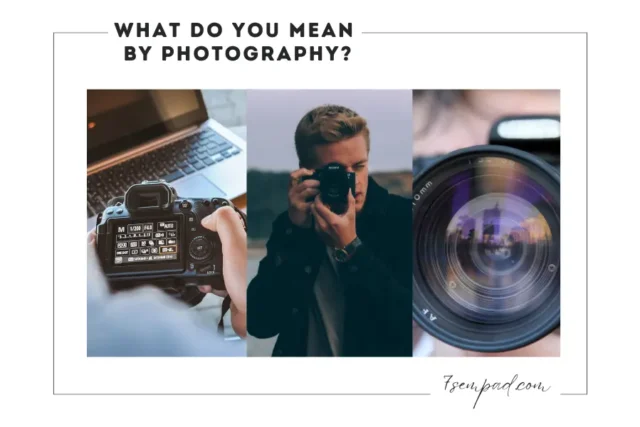


Leave A Comment